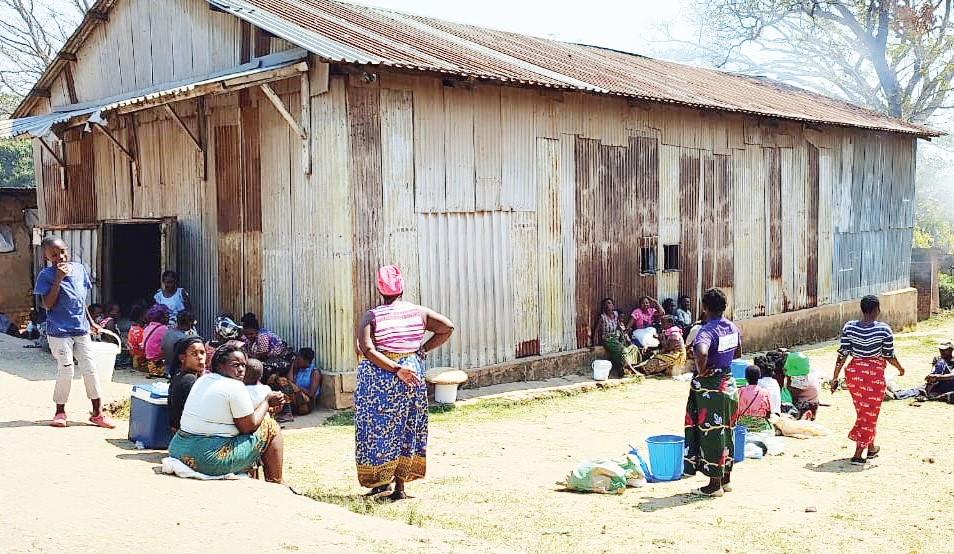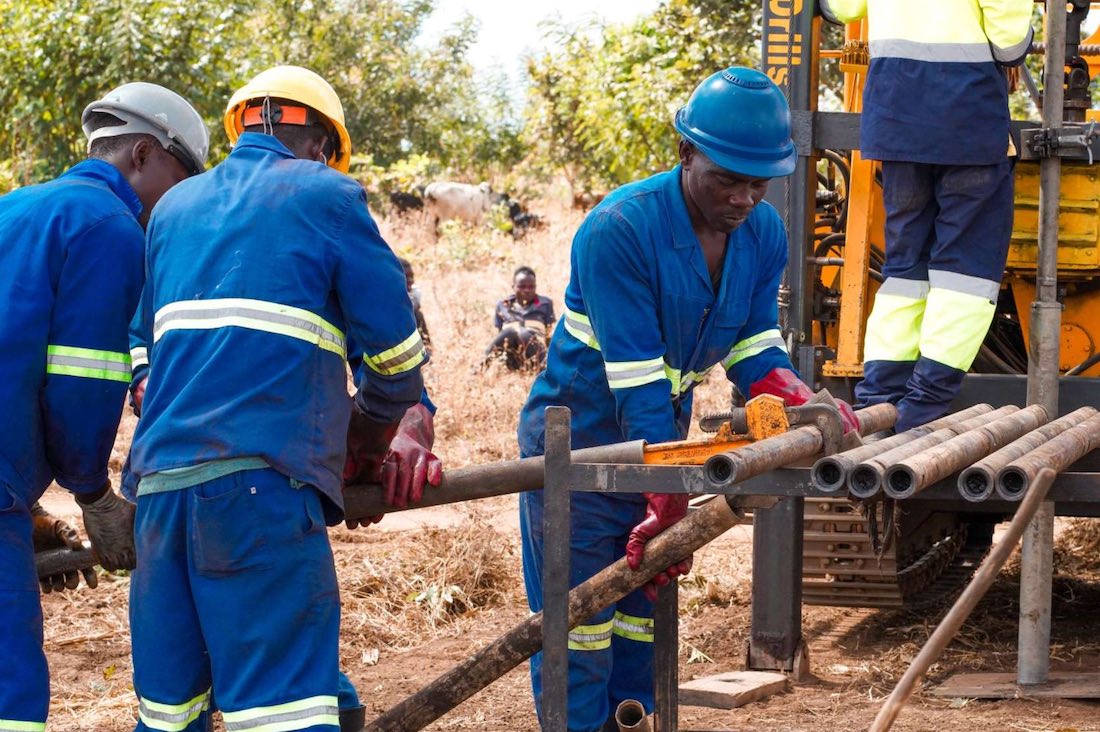Admarc to close shops
State produce trader Agricultural Development and Marketing Corporation (Admarc) has said it is targeting October end to complete selling maize in the first phase since its market reopened in August this year.
So far, according to Admarc director general Daniel Makata, the institution has disbursed 9 000 metric tonnes (MT) to its depots and is hoping that the parastatal will have completed sale of the 12 640MT by the end of this month.

“So far, we have sent about 9 000MT to our depots. In terms of regions, we have sent about 80 percent of the stock to the Centre and North, while we are at about 60 percent in the South,” he said.
Makata said for districts such as Mulanje and Phalombe, they have sent about 90 percent of the stock.
He said: “We anticipate that we should be done with sales in the first phase by end of this month.
“It has been easy distributing maize in the centre and north, buy a bit hard in the south. The thing is that we have to get maize from the centre to send it to the south.”
However, sources within Admarc indicated yesterday that markets will close because the State-producer trader has run out of maize and doubted if the grain will be available in the second phase.
On Thursday, National Food Reserve Agency (NFRA) acting chief executive officer David Loga said the strategic grain reserve has only 56 000MT in stock.
“In terms of the physical stocks, we have 56 000MT, but we are at an advanced stage to source an extra 20 000MT with about K13 billion from the government,” he said.
Ministry of Agriculture Principal Secretary Dixie Kampani recently also told the Parliamentary Committee on Government Sector Reforms in Lilongwe that Capital Hill is considering boosting stocks by importing from neighbouring countries due to the shortage.
He told the committee that apart from the maize NFRA is buying, Zambia and Mozambique have also offered to sell maize to Malawi.
Kampani said government is considering the offers, but should Capital Hill approve maize imports, the move will exert more pressure on the foreign currency market that is already struggling to finance critical supplies such as fertiliser and fuel amid dwindling reserves.
Grain Traders Association of Malawi president Grace Mijiga Mhango said earlier, the country requires imports and the involvement of various stakeholders to effectively address food insecurity.
Already, due to grain shortage, retail maize prices continue to rise, recording a one percent increase in September, as the country’s staple is fast becoming the most expensive in the southern African region.
The International Food Policy Research Institute (Ifpri) Malawi Monthly Maize Market Report for September 2023 shows that maize prices were the highest in the Southern Region.
Maize prices rose from K689 per kilogramme (kg) in the last week of August to K695 per kg or K34 570 per 50 kg bag in the last week of September, Ifpri data shows.
The price is above the government’s set minimum price of K500 per kg or K25 000 per 50 kg bag.
“As per usual pattern, the Southern Region reported the highest maize retail prices. The markets in Southern and Central Malawi had the highest maize retail prices in the region using the official exchange rate and the second highest after Lusaka [in Zambia] using the market rate.
“In contrast, Mozambique and South Africa had the lowest prices at either exchange rate,” reads the market report in part.
According to Ifpri data, the monthly average retail price for maize in the Southern Region was the highest at K743 per kg, followed by the Central Region’s K703 per kg and the Northern Region at K577 per kg.
The Malawi Vulnerability Assessment Committee (Mvac) report has estimated that 4.4 million Malawians are likely to face hunger in the 2023/24 consumption period, and that humanitarian food assistance of 219 023 MT of maize with an estimated cash value of K167.55 billion is needed to save people’s lives.
Out of the estimated food-insecure population, 470 000 are from the four cities of Blantyre, Zomba, Lilongwe and Mzuzu while 3.9 million are from rural areas across the country.





